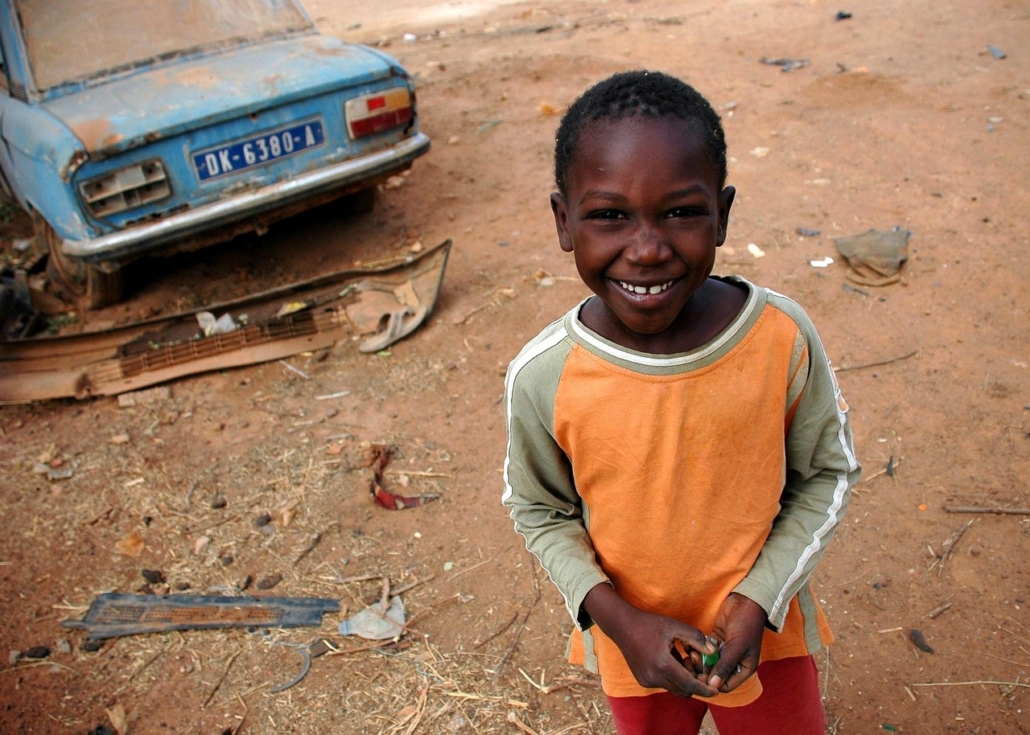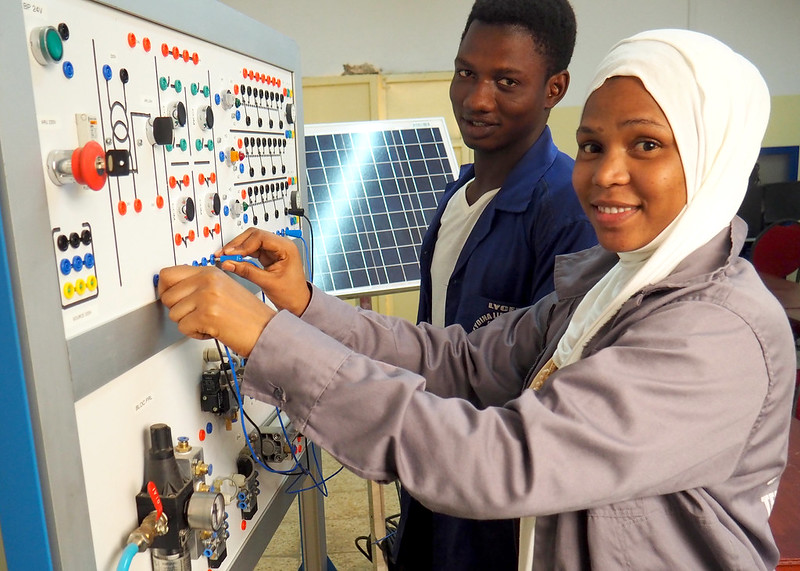 Senegal is known for its rich culture and improved democratic stability. The country made significant progress in improving its infrastructure, health, economy and access to clean water and sanitation. Despite its vibrant culture and strides in democratic governance, the nation faces a persistent challenge in hunger. Food insecurity continues to affect many, particularly in rural and underserved communities. Examining root causes, impacts and potential solutions are crucial to understanding this ongoing crisis. Hunger in Senegal originates from the climate, the economy and social factors. According to the Global Hunger Index (GHI), in 2024, Senegal ranks 72 out of 127 countries with a score of 15.3 in the category of “moderate,” an improvement from previous years, which saw the country in the “alarming” category.
Senegal is known for its rich culture and improved democratic stability. The country made significant progress in improving its infrastructure, health, economy and access to clean water and sanitation. Despite its vibrant culture and strides in democratic governance, the nation faces a persistent challenge in hunger. Food insecurity continues to affect many, particularly in rural and underserved communities. Examining root causes, impacts and potential solutions are crucial to understanding this ongoing crisis. Hunger in Senegal originates from the climate, the economy and social factors. According to the Global Hunger Index (GHI), in 2024, Senegal ranks 72 out of 127 countries with a score of 15.3 in the category of “moderate,” an improvement from previous years, which saw the country in the “alarming” category.
About Hunger in Senegal
About 4.6% of the population is undernourished, 17.5% of children less than the age of five are stunted, 10.2% of children less than five are wasted, and about 3.7% of children die before the age of five. Hunger is more pronounced in regions like Matam, Kolda, and Tambacounda, where poverty, limited infrastructure and poor agricultural yields intersect.
Hunger in Senegal predominantly exists in rural areas, with women and children affected the most. More than 30% of Senegal’s workforce is involved in agriculture and is overly dependent on rainfed farming, according to the International Trade Administration (ITA). Due to changing weather patterns, Senegal experiences rapid-unpredictable rainfall and massive amounts of drought, leading to desertification in crop fields and a shortage of food availability. The World Food Program (WFP) reports that in 2023, about 1.26 million people will experience extreme hunger during the lean season.
Hunger in Rural Areas and Women Farmers
Economic disparity contributes to the issue, especially in rural areas. In 2022, the World Bank estimated that 36.3% of the population lives below the poverty line. Additionally, the impact of food prices soaring in 2022 contributes to hunger in Senegal. In 2022, Senegal saw a record-breaking 21.40% in food inflation, with only a slight decrease in March 2025.
Gender inequality and social and political norms contribute to the crisis by denying crucial employment and land ownership. Women are the backbone of agricultural production, making up 70% of the workforce and producing 80% of crops, but they have restricted access to land. Laure Tall, the research director at the Agricultural and Rural Prospect Initiative, claims that women farmers are invisible and work two to four hours longer than the average man.
Nutritional Deficiencies
Diets often lack essential nutrients, leading to micronutrient deficiencies. The World Health Organization (WHO) reported that anemia affects nearly 60% of children under five and about 50% of pregnant women. Vitamin A deficiency, low protein intake and iron deficiency are widespread. Malnourishment plagues children’s development because they are the most likely to struggle in school and face lifelong cognitive challenges. Adults, weakened by poor diets, are less productive and more vulnerable to illness, perpetuating a cycle of poverty and underdevelopment.
Initiatives Addressing Hunger in Senegal
Despite the grim picture, the Senegalese government and international partners launched several programs to combat hunger. In 2016, the Senegalese government adopted the National Program for Food Security, known as the Programme National d’Appui à la Sécurité Alimentaire et à la Résilience (PNASAR), aiming to sustainably improve food and nutritional security for households. The program emphasizes coordinated, multisectoral interventions that address both immediate needs and long-term development goals.
The World Food Program (WFP) has also been working to address hunger in Senegal. The WFP provides meals for schoolchildren in areas where food insecurity is high. In 2022, the WFP fed approximately 17% of primary schools. The WFP reached more than 71,000 pupils in 285 primary schools across three regions. The school feeding program, launched in March 2021, receives funding from the Global Partnership for Education.
The We Are the Solution movement is another noteworthy initiative addressing food insecurity in Senegal. Mariama Sonko, a Senegalese farmer, started the We Are the Solution movement, which includes about 115,000 active women farmers. The goal is to train women to become community farmers and increase the workforce. As previously stated, women make up 70% of the agricultural workforce. Sonko’s movement is helping local efforts by increasing groups to sell vegetables from communal gardens, leading to the reinvestment of profits into nutrition programs for children and mothers. Educating families on dietary diversity and the importance of local produce helps reshape eating habits and generates awareness nationwide.
Looking Ahead
Ultimately, the road to a hunger-free nation is long, but not impossible. With increased investment in climate-smart agriculture, nutrition education and gender equity, the fight will remain strong.
– Sebastian Llerena
Sebastian is based in Edison, NJ, USA and focuses on Global Health for The Borgen Project.
Photo: Pixabay


 One may view renewable energy as irrelevant to alleviating extreme
One may view renewable energy as irrelevant to alleviating extreme 